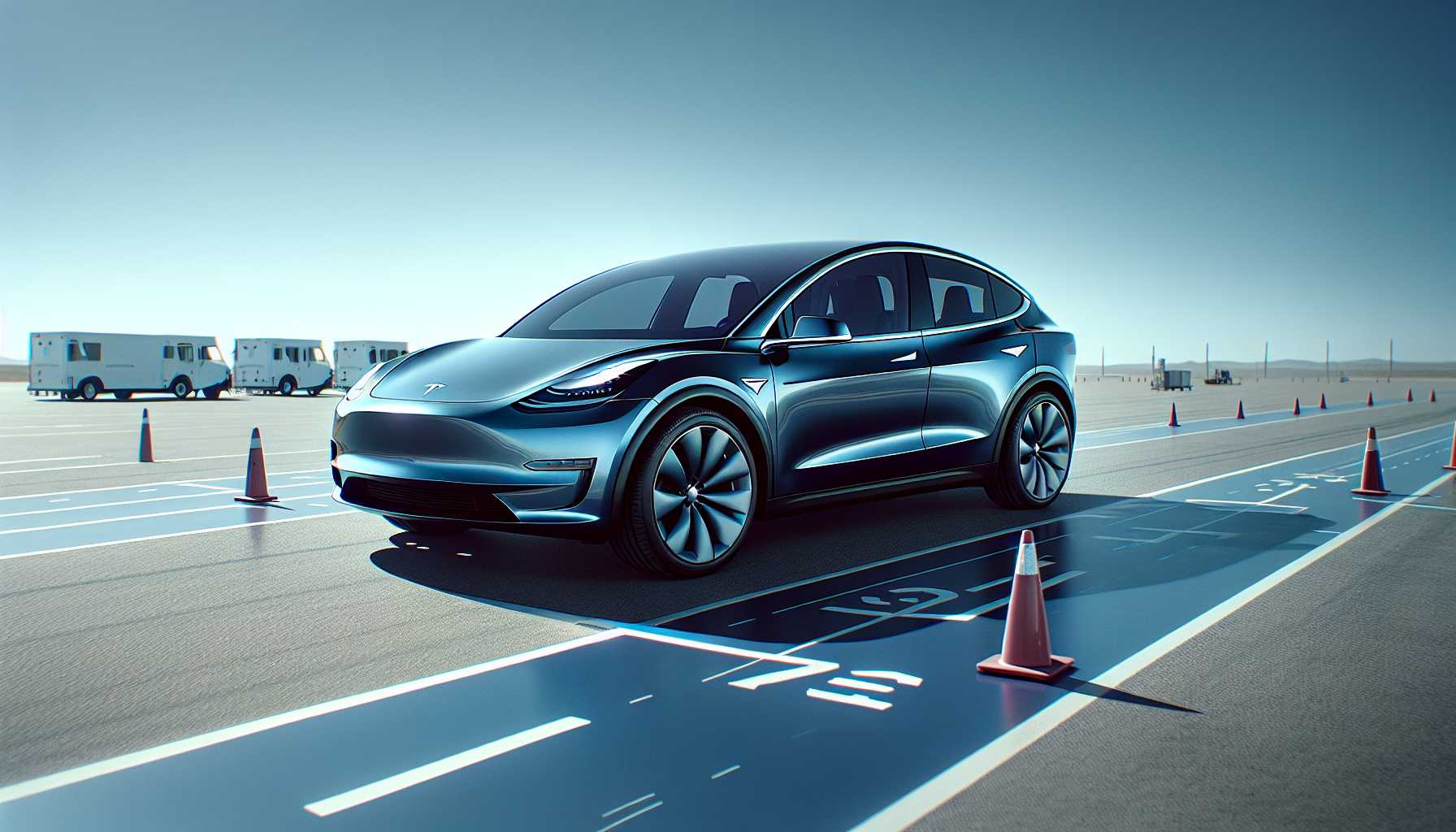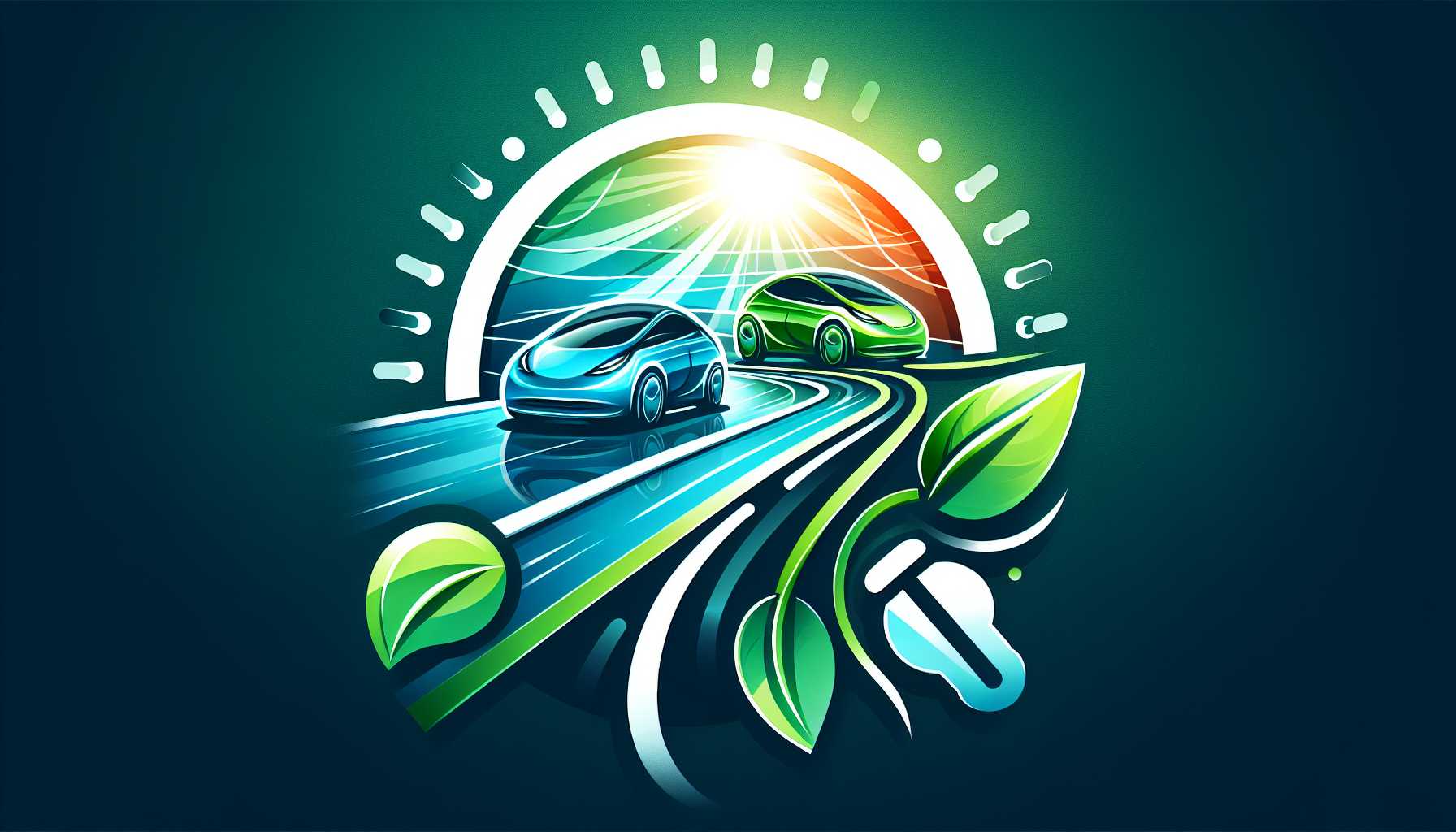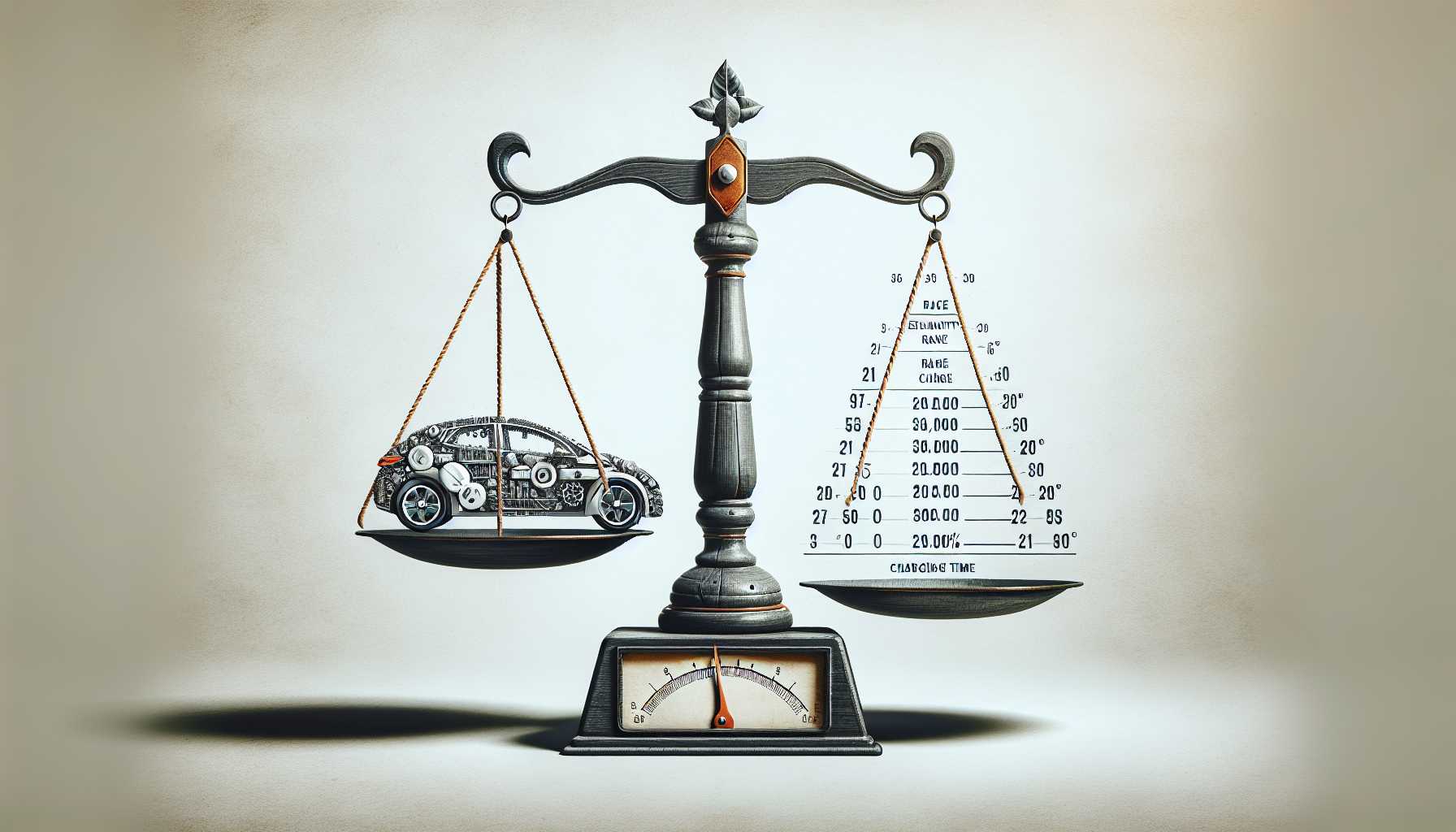The recent news that Tesla has adjusted the range estimates for its revered Model Y line of electric vehicles (EVs) may not have sent shocks waves across the industry, but it certainly sparked renewed conversations around EV range accuracy and consumer trust. As a product manager leader in the tech industry with a penchant for dissecting tech news – and as an individual deeply vested in the evolution of EVs – I find this development particularly intriguing. So let’s plug in and dissect what’s happening beneath the hood of Tesla’s range-revision headlines.
1. The Mileage Makeover
 In what might come across as a novel episode of “Range Reality Check,” Tesla has dialed down the estimated range on two of its Model Y vehicles – namely, the Model Y Long Range and the Model Y Performance. The Long Range variant now sits at a 310-mile estimate, down from the initial 330 miles, while the Performance variant has skidded from 303 to 285 miles. These are not numbers you’d typically want to see deflating in a tech spec sheet, especially in a market where range anxiety lurks in the minds of potential EV adopters. As someone who tracks the pulse of the auto-tech crossover, I find this move both brave and necessary. Bravery, because few companies willingly spotlight a reduction in their own headline specs; necessary, because, for too long, the disparity between advertised ranges and real-world miles has been an unspoken thorn in the side of EV manufacturers and consumers alike.
In what might come across as a novel episode of “Range Reality Check,” Tesla has dialed down the estimated range on two of its Model Y vehicles – namely, the Model Y Long Range and the Model Y Performance. The Long Range variant now sits at a 310-mile estimate, down from the initial 330 miles, while the Performance variant has skidded from 303 to 285 miles. These are not numbers you’d typically want to see deflating in a tech spec sheet, especially in a market where range anxiety lurks in the minds of potential EV adopters. As someone who tracks the pulse of the auto-tech crossover, I find this move both brave and necessary. Bravery, because few companies willingly spotlight a reduction in their own headline specs; necessary, because, for too long, the disparity between advertised ranges and real-world miles has been an unspoken thorn in the side of EV manufacturers and consumers alike.
2. Reading Between the Lines of Range Estimates
 Just why did Tesla hit the brakes on their range figures? While the official communiqué doesn’t spell it out, industry watchers might nod towards a well-trodden path where bold range claims hit the bumpy road of day-to-day driving. South Korea went a step further and slapped a fine on the company for these optimistic numbers. What’s unfolding is not so much a tale of deceit as it is a recalibration towards truth in advertising. Let’s not forget, the initial figures weren’t wholly plucked from thin air; they were born in a world of laboratory-like conditions – an Eden for EVs, if you will – where every variable was tuned to eke out those extra miles. Then reality intervened; weather, traffic, and the heavy-footed among us. In real-world conditions, achieving those max range figures is akin to striking a hole-in-one with every swing – possible, but not very probable.
Just why did Tesla hit the brakes on their range figures? While the official communiqué doesn’t spell it out, industry watchers might nod towards a well-trodden path where bold range claims hit the bumpy road of day-to-day driving. South Korea went a step further and slapped a fine on the company for these optimistic numbers. What’s unfolding is not so much a tale of deceit as it is a recalibration towards truth in advertising. Let’s not forget, the initial figures weren’t wholly plucked from thin air; they were born in a world of laboratory-like conditions – an Eden for EVs, if you will – where every variable was tuned to eke out those extra miles. Then reality intervened; weather, traffic, and the heavy-footed among us. In real-world conditions, achieving those max range figures is akin to striking a hole-in-one with every swing – possible, but not very probable.
3. Navigating the Numbers: The EPA’s Role
 Now, the Environmental Protection Agency (EPA) does indeed rubber-stamp these statistics, but they’re not without a nudge and a wink. The agency acknowledges that driving nirvana is a rare state and thus allows manufacturers some wriggle room post-initial testing. Some opt to retreat on range claims to align expectations with experience. Historically, Tesla appeared to tread the other path but seems to have altered its course. It’s also worth noting that even Tesla’s clever algorithms have wised up to the game. Reports suggest that plotting a trip to the edge of your range in a Model Y insists on a pitstop at a Supercharger, an electronic nod to the fact that, range-wise, you can’t quite get there on one charge. This bit of coded candor is, in its own right, an admission that reality and range ratings are strange bedfellows.
Now, the Environmental Protection Agency (EPA) does indeed rubber-stamp these statistics, but they’re not without a nudge and a wink. The agency acknowledges that driving nirvana is a rare state and thus allows manufacturers some wriggle room post-initial testing. Some opt to retreat on range claims to align expectations with experience. Historically, Tesla appeared to tread the other path but seems to have altered its course. It’s also worth noting that even Tesla’s clever algorithms have wised up to the game. Reports suggest that plotting a trip to the edge of your range in a Model Y insists on a pitstop at a Supercharger, an electronic nod to the fact that, range-wise, you can’t quite get there on one charge. This bit of coded candor is, in its own right, an admission that reality and range ratings are strange bedfellows.
4. The Tesla Reckoning: Transparency Meets Tech
 With this range recalibration, Tesla isn’t just tweaking figures; it’s realigning trust. As a tech investor and enthusiast, I believe transparency is a currency gaining incredible value in the market. If EV adoption is to accelerate, then honesty must be the wind in its sails, and range realism is a critical component. It’s no longer just about pushing the technological envelope; it’s also about nurturing consumer faith in that very tech. Some might argue that lowering range estimates could put Tesla at a competitive disadvantage. I beg to differ. If anything, it could strengthen their brand integrity, offering potential buyers a clearer picture of what to expect. It’s a bold move that other manufacturers may well follow suit on, leading to a market-wide recalibration towards more reliable EV range figures.
With this range recalibration, Tesla isn’t just tweaking figures; it’s realigning trust. As a tech investor and enthusiast, I believe transparency is a currency gaining incredible value in the market. If EV adoption is to accelerate, then honesty must be the wind in its sails, and range realism is a critical component. It’s no longer just about pushing the technological envelope; it’s also about nurturing consumer faith in that very tech. Some might argue that lowering range estimates could put Tesla at a competitive disadvantage. I beg to differ. If anything, it could strengthen their brand integrity, offering potential buyers a clearer picture of what to expect. It’s a bold move that other manufacturers may well follow suit on, leading to a market-wide recalibration towards more reliable EV range figures.
5. Going the Distance: What Lies Ahead for EV Range Stats
 So, what does this all mean for the future of EV range claims? The answer lies in finding a balance between aspiration and authenticity. The industry needs to competitively innovate while maintaining credible claims. It will take a concerted effort from manufacturers, testing agencies, and consumer advocacy groups to standardize what ‘range’ should mean for the average driver. Meanwhile, the quest for range shouldn’t eclipse the many other virtues of EVs. They remain a key gear in the drive towards sustainable transport – their low emissions and innovative tech are already enough to energize enthusiasts and environmentalists alike. Perhaps it’s time for a new metric that reflects the multifaceted value of EVs beyond just how far they can go on a single charge. In conclusion, Tesla’s recent range revision is a pivotal plot twist in the unfolding narrative of EV tech. It suggests a maturation in the industry, where accuracy trumps overstatements, and where consumer trust takes the driver’s seat. As we navigate towards an electrified future, may honesty be the compass that guides us there. Let’s engage in some watt-powered pondering: Will this range reassessment shift the competitive landscape? Could it charge up an industry-wide truth-telling trend? Plug in your thoughts and let’s convoy towards clarity.
So, what does this all mean for the future of EV range claims? The answer lies in finding a balance between aspiration and authenticity. The industry needs to competitively innovate while maintaining credible claims. It will take a concerted effort from manufacturers, testing agencies, and consumer advocacy groups to standardize what ‘range’ should mean for the average driver. Meanwhile, the quest for range shouldn’t eclipse the many other virtues of EVs. They remain a key gear in the drive towards sustainable transport – their low emissions and innovative tech are already enough to energize enthusiasts and environmentalists alike. Perhaps it’s time for a new metric that reflects the multifaceted value of EVs beyond just how far they can go on a single charge. In conclusion, Tesla’s recent range revision is a pivotal plot twist in the unfolding narrative of EV tech. It suggests a maturation in the industry, where accuracy trumps overstatements, and where consumer trust takes the driver’s seat. As we navigate towards an electrified future, may honesty be the compass that guides us there. Let’s engage in some watt-powered pondering: Will this range reassessment shift the competitive landscape? Could it charge up an industry-wide truth-telling trend? Plug in your thoughts and let’s convoy towards clarity.





